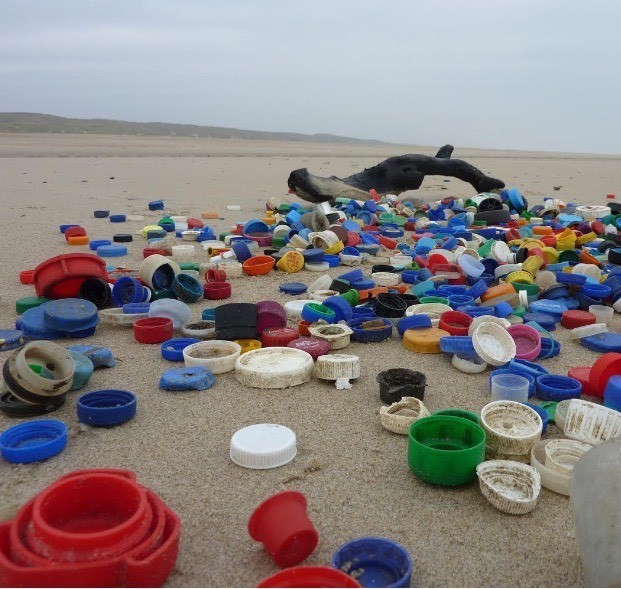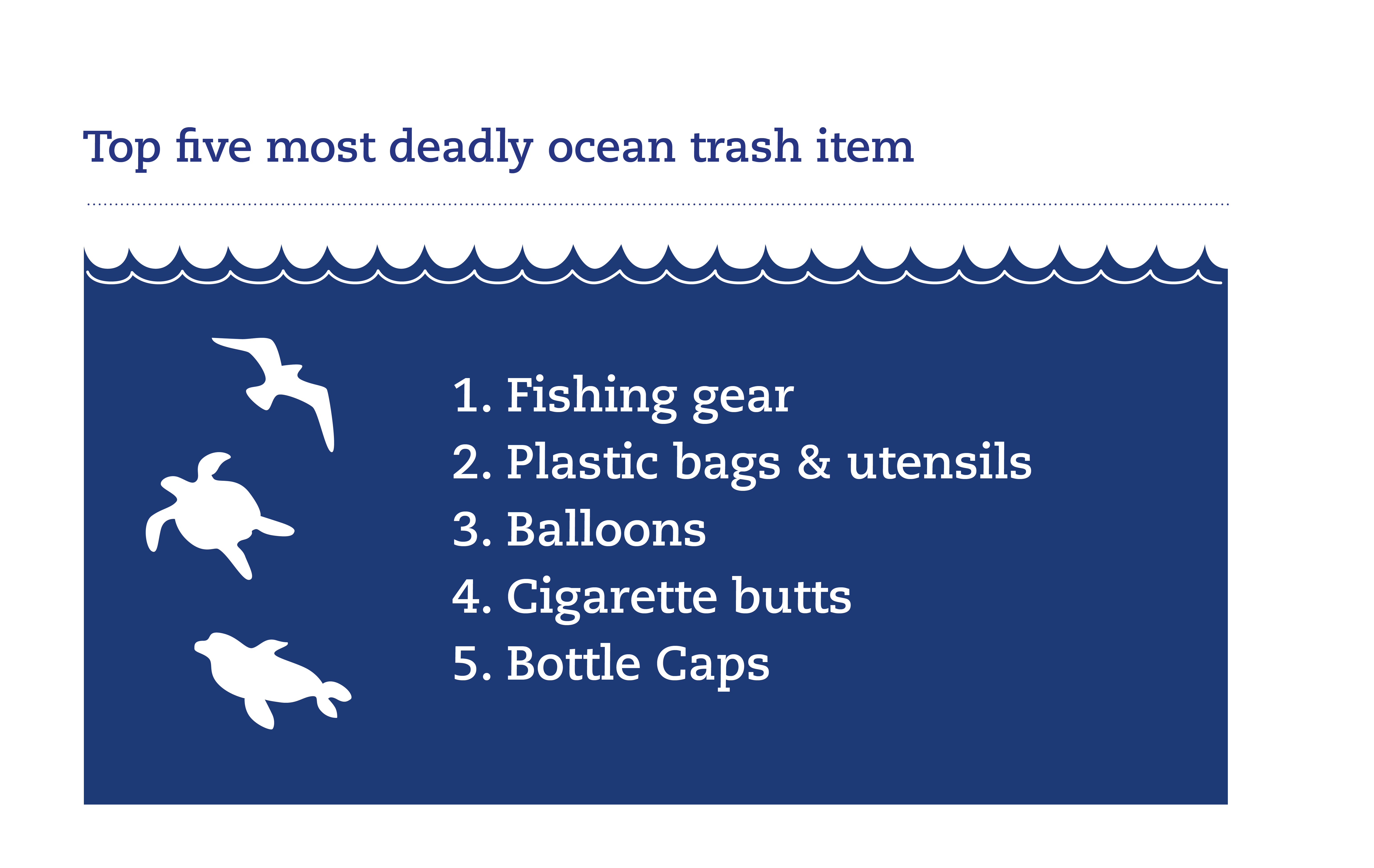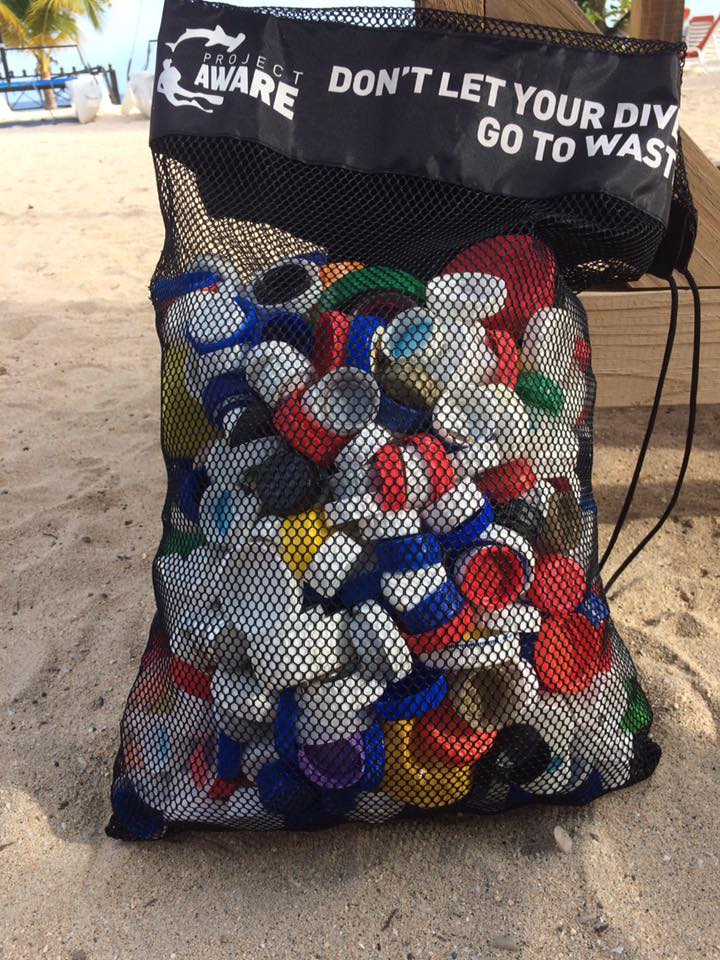The Ugly Journey of a Plastic Bottle Cap
New Plastic Bottle Cap Report: Consumers leave behind 80% of the plastic bottle caps on the beach

Billions of plastic bottles are sold and opened every day and many of the bottle caps end up in our oceans and on our beaches. Marine mammals, birds and fish see plastic bottle caps as food, which can lead to ingestion and potentially fatal consequences.
{"preview_thumbnail":"/sites/www.diveagainstdebris.org/files/styles/video_embed_wysiwyg_preview/public/video_thumbnails/JmeA7UGNNEU.jpg?itok=V0lIrbMc","video_url":"https://youtu.be/JmeA7UGNNEU","settings":{"responsive":1,"width":"854","height":"480","autoplay":0},"settings_summary":["Embedded Video (Responsive)."]}

In the summer of 2016, The North Sea Foundation and more than 2,000 volunteers picked up as many bottle caps as they could find along the entire Dutch North Sea coast. These bottle caps were analysed one by one. The survey shows the quantity, type and origins of the bottle caps that pollute the North Sea and its beaches.
“Plastic caps are among the top five most commonly found items of litter on beaches worldwide. We hope that this report encourages industry, governments and citizens to help resolve and reduce plastic cap pollution so that we can maintain a clean, healthy ocean and a well-functioning ecosystem, in our beautiful North Sea and other oceans worldwide”. Floris van Hest, director of the North Sea Foundation.
These are the most important findings of that analysis:
- 10,004 bottle caps were collected from the Dutch North Sea coastline during the 2016 Boskalis Beach Cleanup Tour
- More than 80% came from consumer drinks and food packaging
- The most common bottle cap colours that were found were blue and white
- 80% of the bottle caps had no brand
- More than 70% were damaged, ranging from slight to severe damage. This may indicate that the bottle caps had been floating at sea for a long time
- The number of bottle caps found on the beach per kilometre numbered between 20 and 128
The following conclusions on the issue of worldwide bottle cap pollution were drawn from a survey of literature:
- Bottle caps are among the top 5 items found during beach cleaning and beach litter monitoring around the world
- Over the last 30 years, more than 20 million bottle caps and lids were found during beach cleaning activities around the world. Currently, it is unknown how many bottle caps actually enter our oceans and wash up on shore
- Plastic bottle caps are made of hard plastics and degrade very slowly
- Plastic bottle caps are among the top 5 ocean trash items that are deadly for sea life
Solutions
Plastic bottle caps do not belong in the sea. The North Sea Foundation advocates for dealing with bottle caps at the source and for good waste management on land and at sea. To deal with bottle cap pollution, The North Sea Foundation suggests the following solutions by sector:
- Government: introduce deposits for disposable plastic (single-use) drink packages, including the caps
- Industry: develop new types of packaging so that plastic leakage will no longer be a problem
- Consumers: use as many reusable bottles and caps as possible, and dispose of waste properly
This research is important for successfully addressing this pollution at its source. This is the first time that pollution from plastic bottle caps has been researched this thoroughly.




